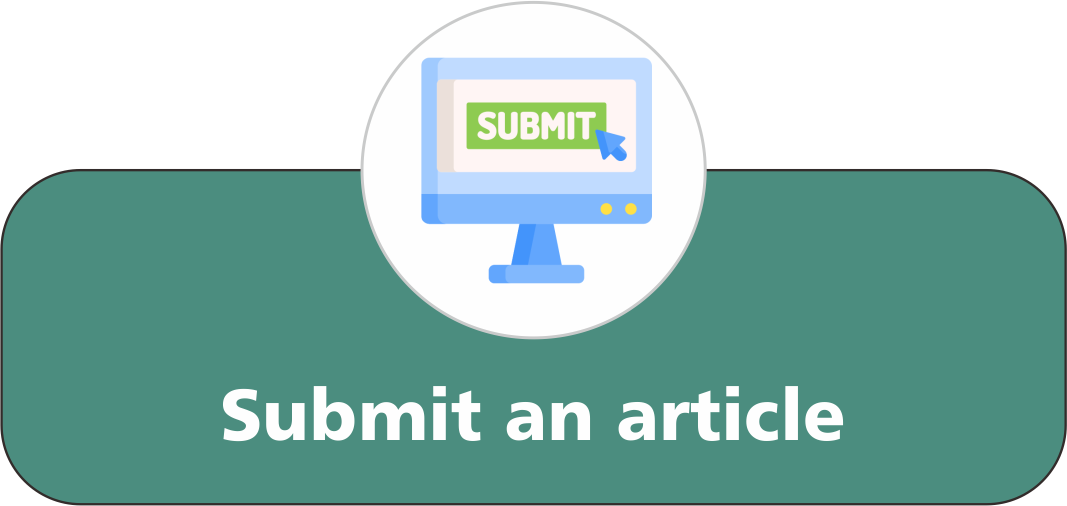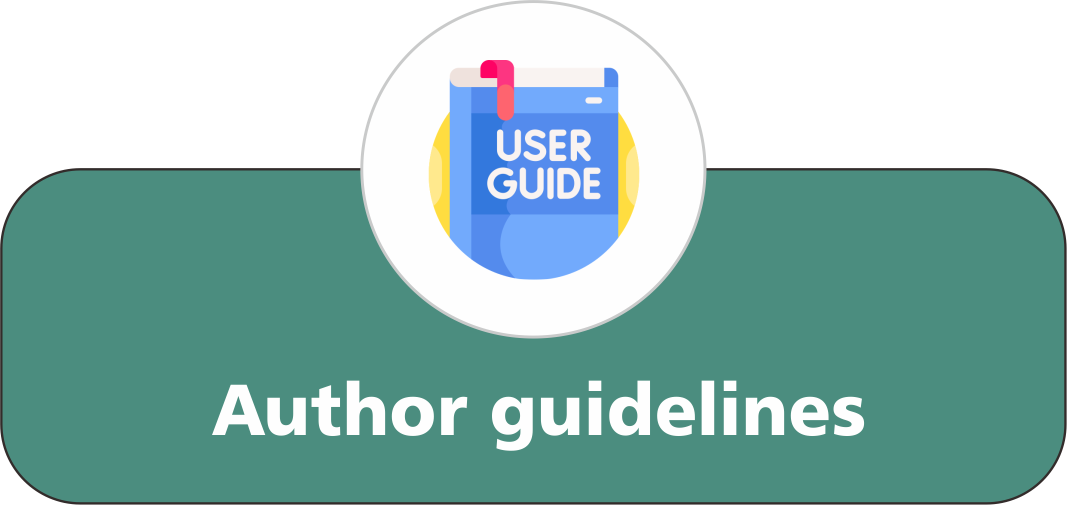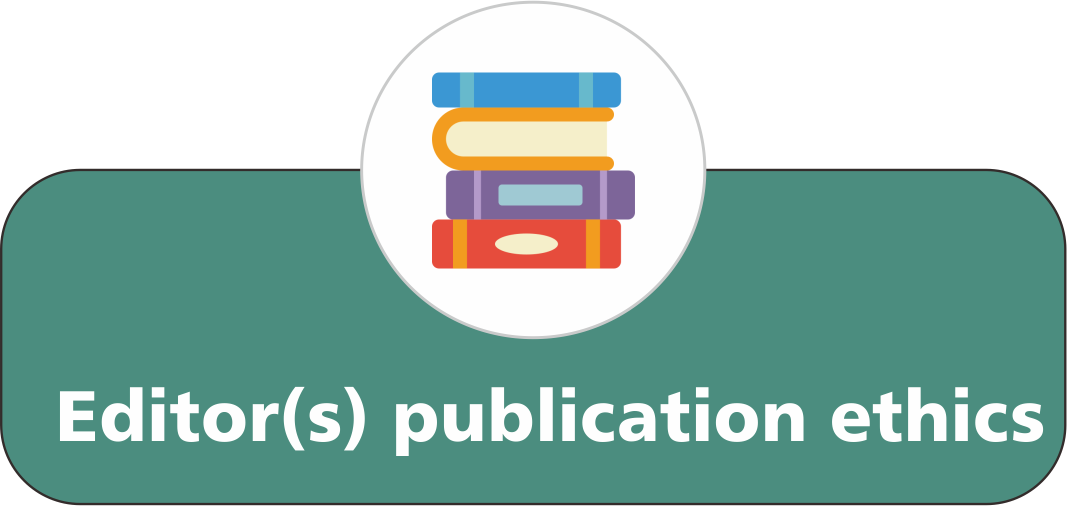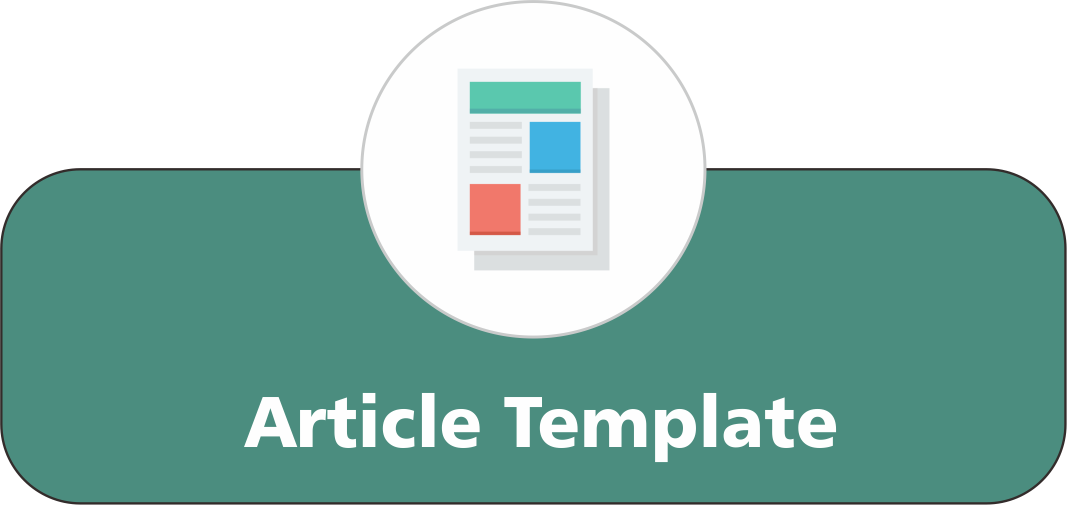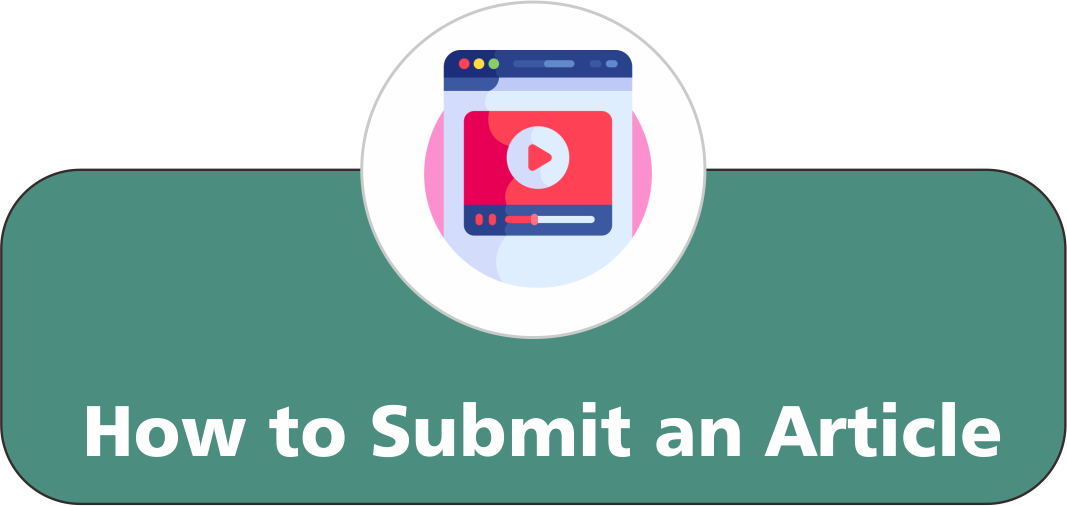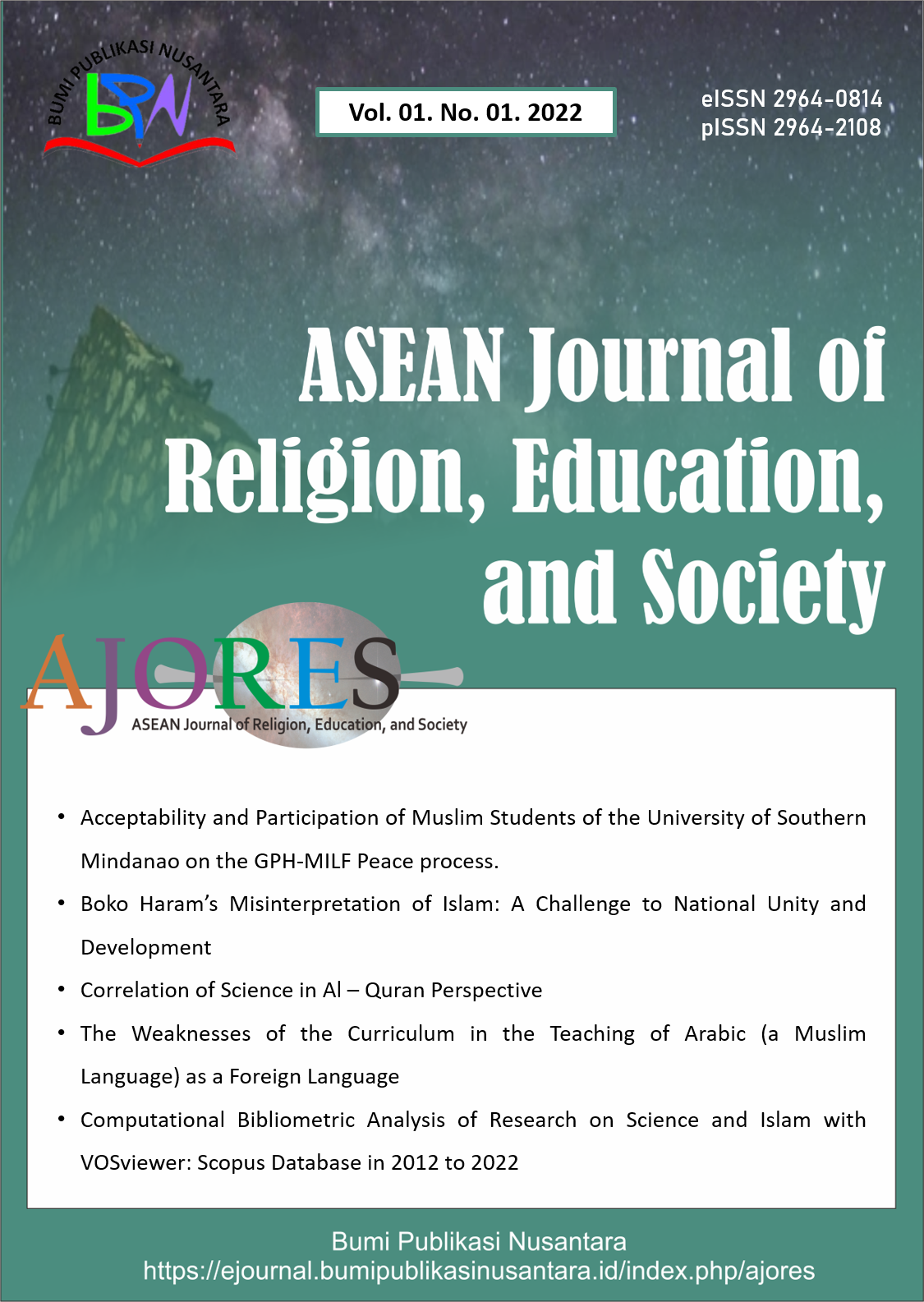Exploring Mythology as a Cultural, Religious, and Literary Device in Uzbek and English Literature
 ), Diana Valeryevna Abduramanova(2),
), Diana Valeryevna Abduramanova(2),
(1) Chirchik State Pedagogical University
(2) Chirchik State Pedagogical University
 Corresponding Author
Corresponding Author
Abstract
Keywords
References
Anggraeni, R., and Maryanti, R. (2021). Implementation of video learning media in Islamic religious education subjects. Indonesian Journal of Multidiciplinary Research, 1(2), 257-266.
Azizah, S.N., Nandiyanto, A.B.D., Wulandary, V., and Irawan, A.R. (2022). Implementation of video learning media in Islamic religious education subjects for elementary school students. Indonesian Journal of Multidiciplinary Research, 2(1), 91-96.
Darojah, T.Z., Windayani, N., and Irwansyah, F.S. (2024). Implementing project-based worksheets on making kaolin soap with the addition of kefir curd to develop students' scientific performance in Islamic school. ASEAN Journal for Science and Engineering in Materials, 3(1), 59-74.
Francis, T.T., Mukhtar, B., and Sadiq, K. (2023). Effect of scaffolding instructional strategy and gender on academic achievement of senior secondary school Islamic studies students. Indonesian Journal of Multidiciplinary Research, 3(1), 139-144.
Haristiani, N., Aryanti, T., Nandiyanto, A. B. D., and Sofiani, D. (2017). Myths, islamic view, and science concepts: the constructed education and knowledge of solar eclipse in Indonesia. Journal of Turkish Science Education, 14(4), 35-47.
Hidayat, T., Perdana, J., Istianah, I., Saputra, A., Erlina, L., Saket, S.A.S., Al-Gumaei, A.M.A. (2024). Social media da'wah strategy in implementing Islamic da'wah. ASEAN Journal of Religion, Education, and Society, 3(1), 51-58.
Kayode, A.M., and Jibril, A.O. (2023). Impact of traditional Qur'anic schools on Islamic education. ASEAN Journal of Religion, Education, and Society, 2(2), 101-108.
Lestari, I.S. (2024). Bibliometric analysis using VOSviewer with Publish or Perish of identifying local legends through project-based learning for critical thinking skills in English. ASEAN Journal of Community Service and Education, 3(2), 69-78.
Nugraha, H.H., Nandiyanto, A.B.D., Kurniawan, T., and Bilad, M.R. (2022). Education to develop reading literacy by analyzing the intrinsic elements of short stories in Islamic junior high school students. Indonesian Journal of Multidiciplinary Research, 2(1), 125-130.
Rohim, M.S., and Nugraha, M.S. (2024). Utilizing the philosophy of science to overcome challenges in Islamic education. Indonesian Journal of Multidiciplinary Research, 4(2), 389-398.
Thoriq, M., Sakti, A.W., Azizah, N.N. (2023). Learning mixed arithmetic operations using whatsapp groups for Islamic elementary school students. Indonesian Journal of Teaching in Science, 3(1), 17-22.
Article Metrics
Abstract View : 278 times
: 278 times Download : 552 times
Download : 552 times
Refbacks
- There are currently no refbacks.
Copyright (c) 2025 Bumi Publikasi Nusantara

This work is licensed under a Creative Commons Attribution-ShareAlike 4.0 International License.

